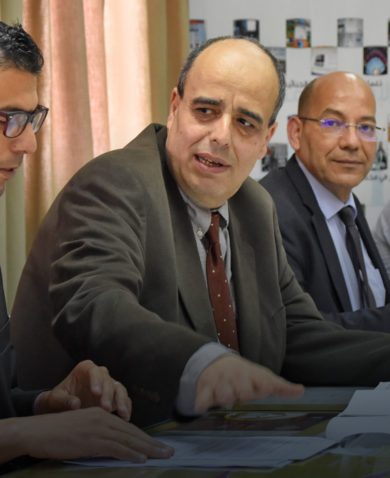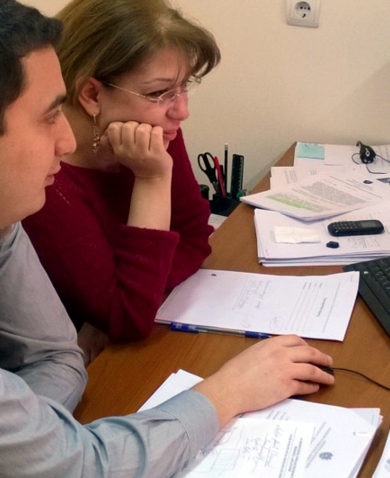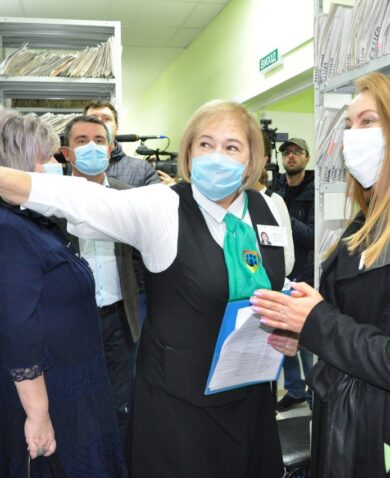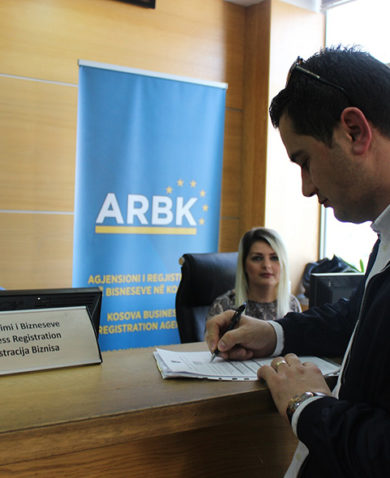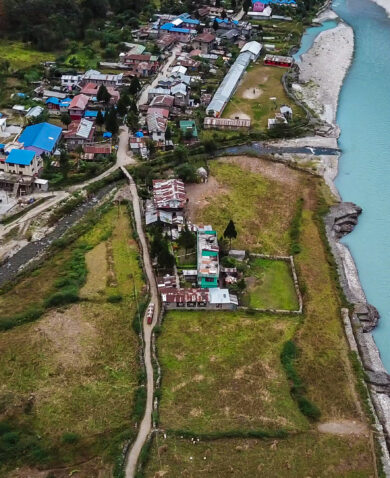Karine Gabrielyan, specialist in integrated reception at a CSSC in the Ararat district, explains how the integration has made a difference to end-users of the system: the pensioners.
“In the past, pensioners had to visit the State Social Security Service regional offices. Now, they can visit the district-based CSSCs to apply for pensions or other services, meaning they won’t need to visit multiple offices and request various certificates,” she said. “Everything will be organized in one place, [and] we can provide all of the necessary services.”
But the government and project staff knew that having a system with impressive technical capability was only part of the solution. For the new system to be truly effective, the public needed to use it, and trust it. So, the government faced a second challenge: What was the best way to educate the public about all that the new pension system offers and also make sure the institutional systems were in place to provide the advertised services?
In other words, the Armenian government needed a way to entrench the new pension system in the minds and routines of its citizens. The first step in this was educating the civil servants who worked at the CSSCs and other pension services offices. Project staff partnered with government ministries and regional offices to offer training on the new system’s functions and layout from November to December 2013.









